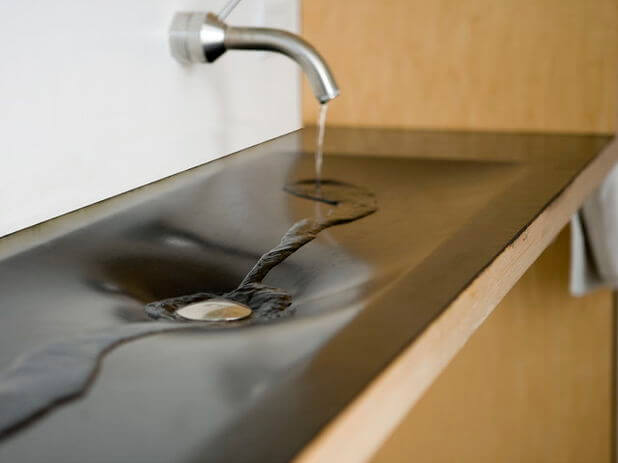From Guest Blogger Diana Smith: Seven Ways of Saving Water in the Bathroom

Not a treat but a need
An average, a bath uses from 100 to 200 litres of water, while a shower with a low flow head doesn’t use more than 90 litres for a 10-minute shower. In addition, showers are more time effective. Change your bathing routine and consider taking a bath only as an occasional treat after a long and excruciating day at work, or when you want to celebrate.
Shorten your shower time
When those hot streams of water run down your back, it’s easy to lose track of time, especially if you’re listening to your favourite radio station or playlist. Then your mind wanders off to recollect the memories of the day. However, music can actually be your ally. Try to get yourself clean in time of a single song. And no, Pink Floyd’s ‘Shine on You Crazy Diamond’ doesn’t count.
Multitask in the shower
You can save both water and time if you brush your teeth, shave or, eh, groom the other areas while in the shower. However, the key is to turn off the water, or the saving part doesn’t really hold water (pardon the pun). Also, while you’re waiting for the water to warm up, especially if you have a gas water heater, put a bucket in the shower, so you can use the water you catch to water plants, flush the drains or mop the floor.
Fix unseen leaks
In some cases, whatever you do, the water bill still remains high. The toilet doesn’t leak, the faucet is dry, but that water meter keeps on counting. If you suspect there’s a leak somewhere, there isn’t much for you to do but call a professional plumber in Melbourne who can perform a full check-up of your plumbing using the latest tools and diagnostic equipment. A regular plumbing inspection can also prevent other plumbing issues from becoming a serious problem, such as blocked drains or a cracked sewage line.
Try a low-flow showerhead
People say these cost you money, yes – but you need to spend some to save some. And when it comes to saving water, a small expense can make a visible difference on the utility bills down the road. While a regular showerhead flows at about 18 litres per minute, a low-flow showerhead cuts the flow in half, with some models delivering even less than 9 litres per minute.
And faucet aerators
You would be surprised how much you can save by installing low-flow faucet aerators on your bathroom sinks, especially if you have more than one bathroom. Although a single faucet has only a fraction of a shower flow, your bathroom sink gets used more often during the day. Just as with low-flow showerheads, an aerating head cuts the average 10 litres per minute in half.
And a low-flow toilet
Definitely the biggest water hog in the house, a single flush in a conventional toilet can send 18 to 25 litres of water down the drain. That amount can easily be an overkill, especially with so many low-flow models on the market. Some of them need as little as 6 litres, with no flushing power lost. And since a single person needs to flush five times a day on average, the maths is easy. Even if you don’t change to a low-flow fixture, displace some of the water from a toilet tank with a water-filled plastic bottle. Every litre sums up at the end of the month.
By changing our habits and the ways we use the bathroom, we can benefit the water conservation and our budget. However, not all solutions are here to take all the fun out of it. Low-flow fixtures are designed to be both efficient and economical so the investment returns quickly.

Diana,
I know you mean well, but these rather juvenile and decidedly preachy little sermons can be very irritating and as recent research concludes, can even be counter-productive.
Try joining in a real environmental program where you could set an example and produce a tangible result.
Our City of Melbourne has lot’s and lot’s of environmental projects needing willing hands, and all would really appreciate your participation.